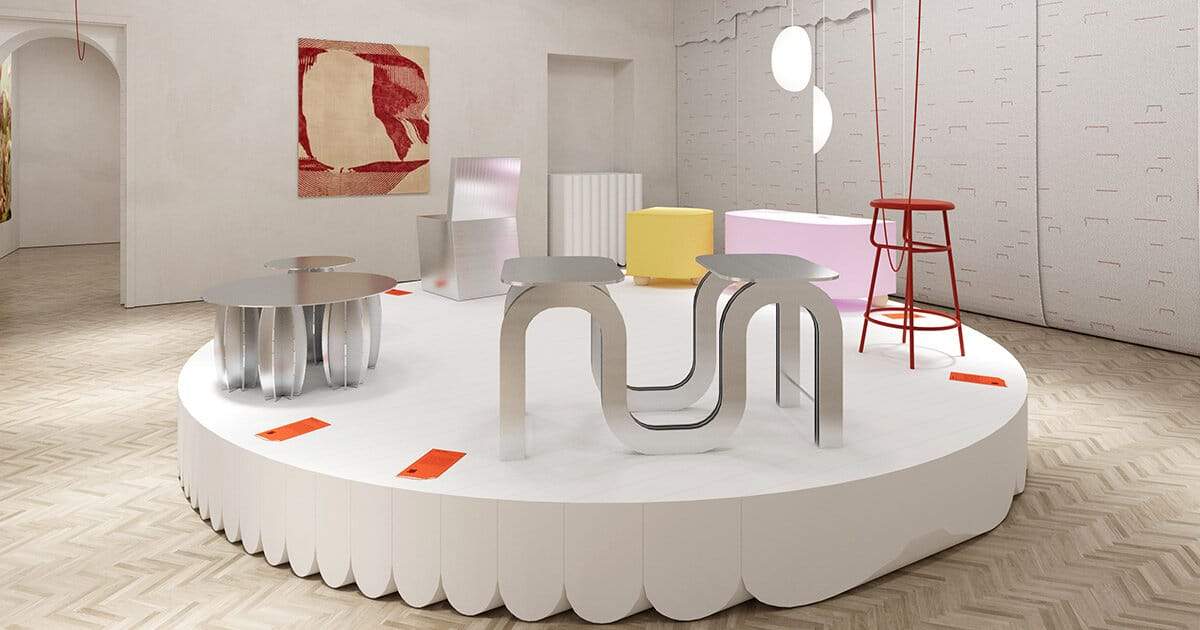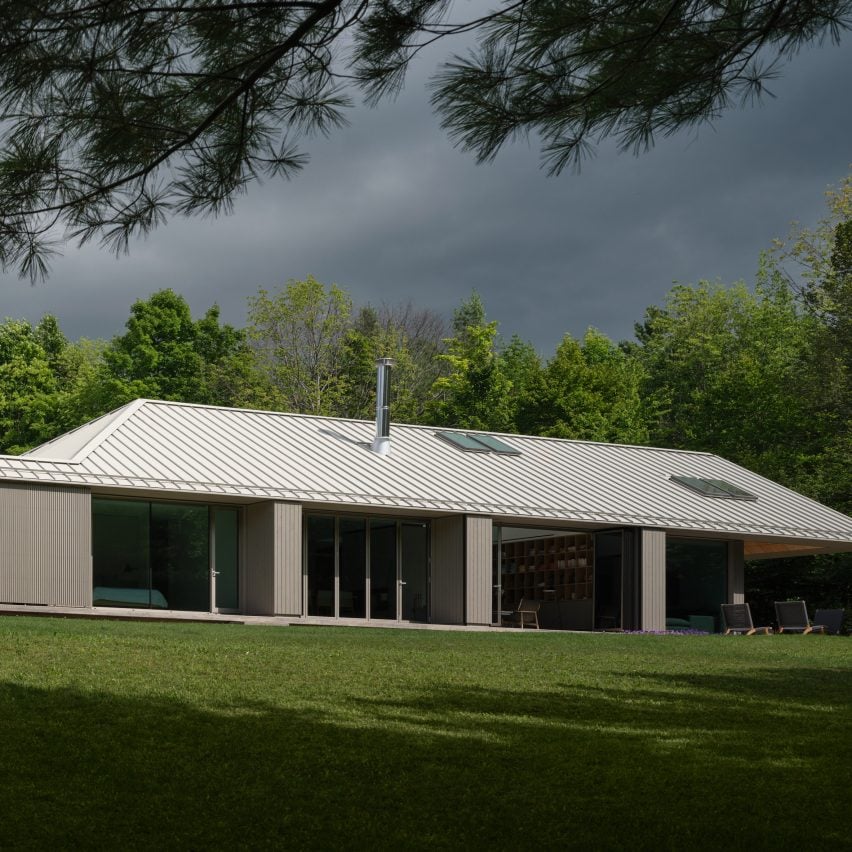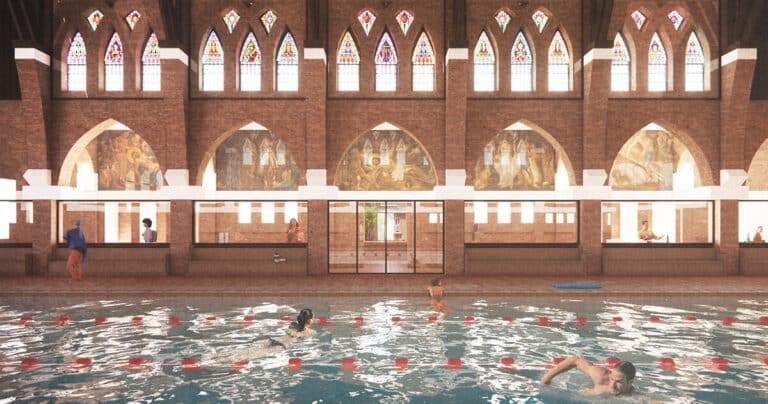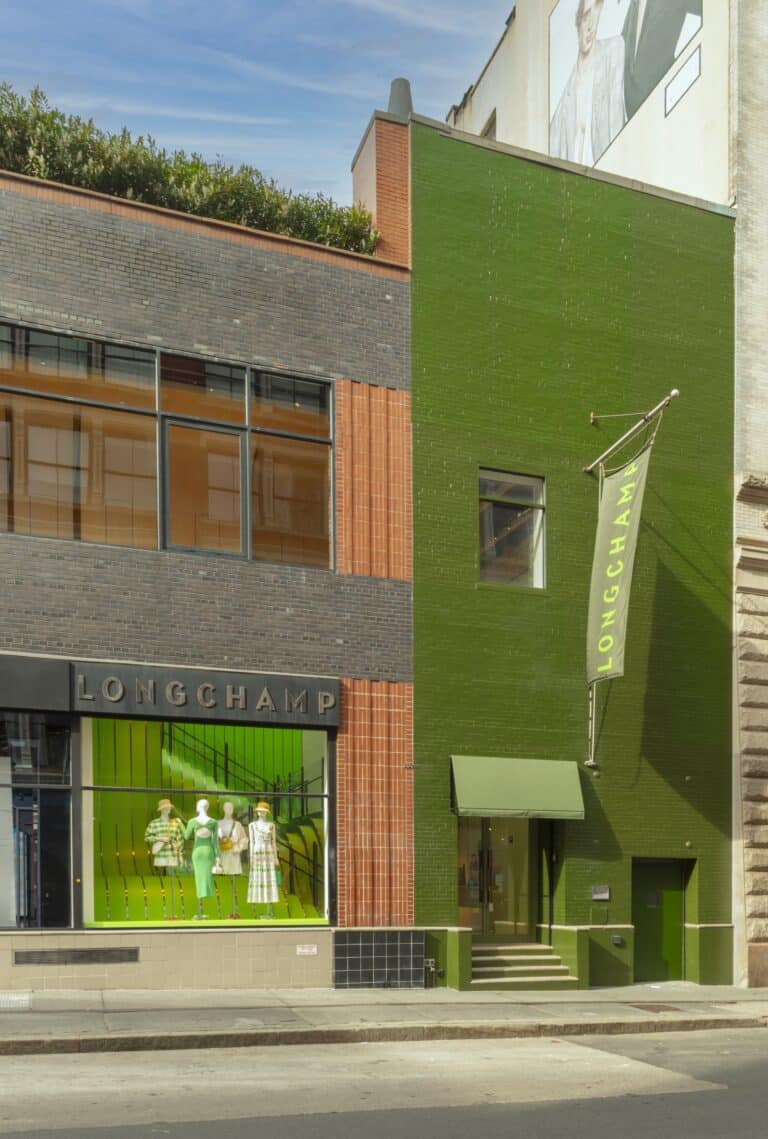Milan, Italy – The Hungarian Fashion & Design Agency (HFDA) unveils *Budapest Select – A Woven View*, a groundbreaking exhibition at Milan Design Week 2025. Held in the historic 5VIE district (Via Santa Marta 21), the showcase spotlights 24 Hungarian designers who bridge heritage craftsmanship with AI-driven innovation, creating a dialogue between the organic and the technological. Against a backdrop of floating white paper sheets—symbolizing unbounded creativity—the exhibition reimagines traditional techniques through sustainability, digital tools, and material experimentation, positioning Hungary as a pioneer in the future of design.
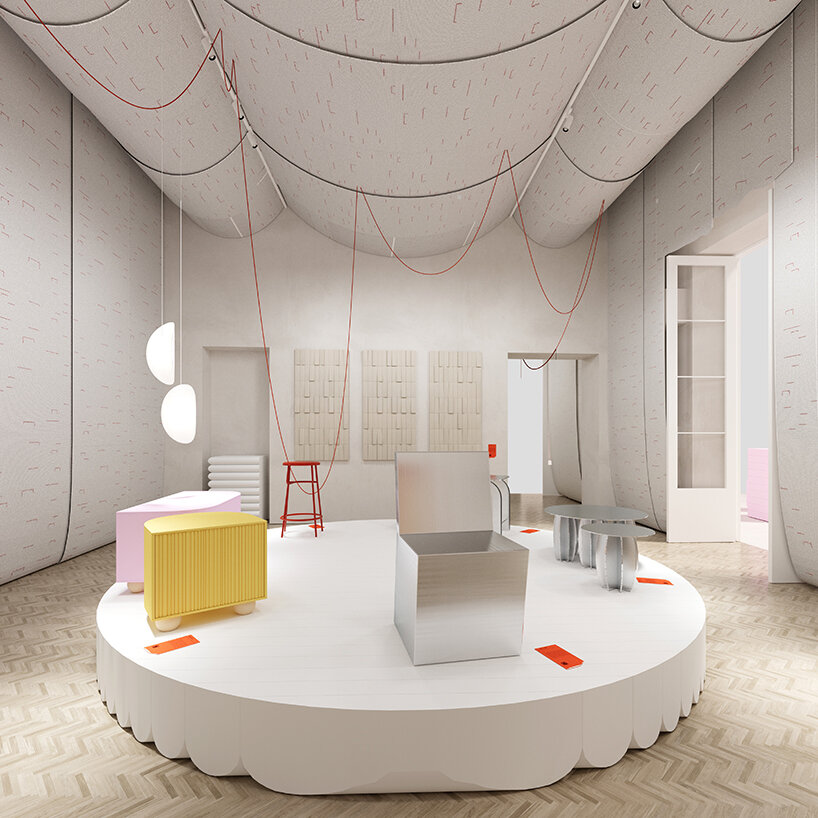
HFDA: Cultivating Hungarian Design on the Global Stage:-
Founded in 2018, HFDA champions Hungary’s creative talent through initiatives like Budapest Central European Fashion Week and *360 Design Budapest*. For Milan Design Week, the agency curates a trio of immersive spaces, each exploring a facet of contemporary Hungarian design:
1. Handcrafted Legacy – A celebration of traditional techniques, featuring works like HENIBARA’s *KARTON Chair* (sustainable cardboard and steel) and Demeter Fogarasi’s sculptural *Cactus Table Mini* (aluminum transformed from 2D to 3D). Modular, pet-friendly furniture by *Maniko* underscores adaptability.
2. Digital Frontiers – AI and cutting-edge tools take center stage, with VUUV Works’ *Cherry Herd Nightstand* (locally sourced wood) and Gábor Göblyös’ upcycled *Throne Side Table*, a commentary on climate urgency. Daniella Koós’ *HILO Vases* merge glassblowing with industrial methods.
3. The Hybrid Future – A synthesis of intuition and technology, showcased in Szabolcs Baranyay’s glass *Tower Series*, István Dukai’s digital-meets-handmade *FORMA V3-2*, and Dóra Tarcsi’s *Bouy Lamps*—upcycled from Lake Balaton sailboats, fusing Japanese lantern aesthetics with sustainability.
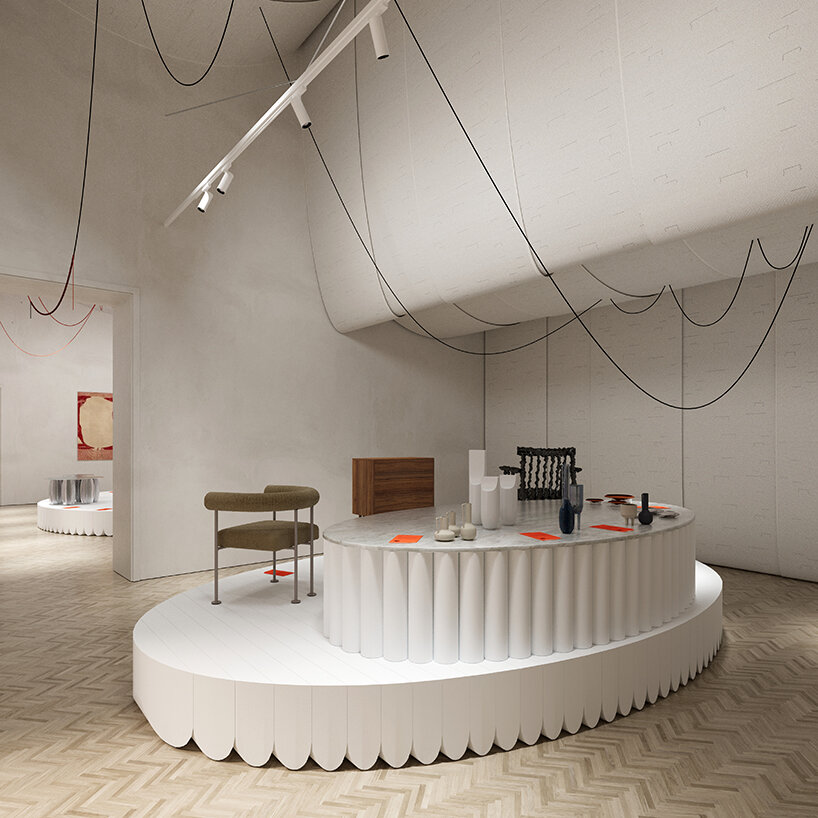
Why This Matters:-
*Budapest Select* transcends aesthetics: it’s a manifesto for design’s evolving role. By intertwining AI with centuries-old crafts, Hungarian creators redefine sustainability, functionality, and storytelling. The exhibition challenges boundaries, proving that tradition and innovation aren’t opposites—but collaborators shaping a bold new creative language.
For more inspiring articles and insights, explore the archives.
Note: This article has been reviewed and edited by the archup editorial team to ensure accuracy and quality

